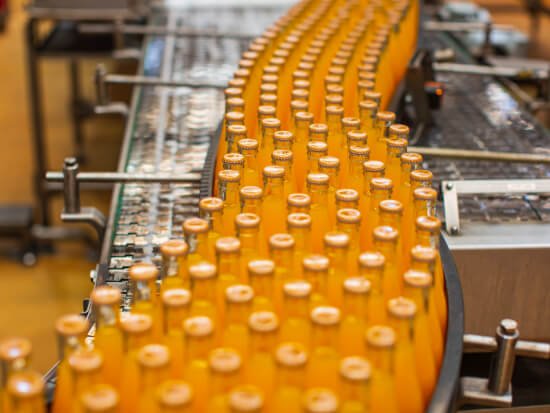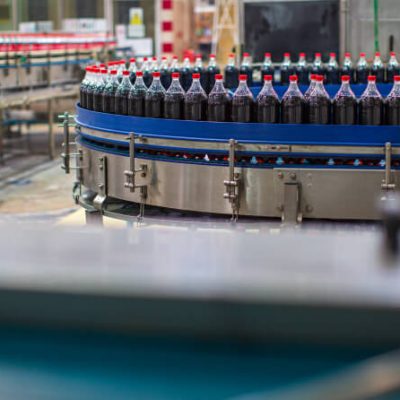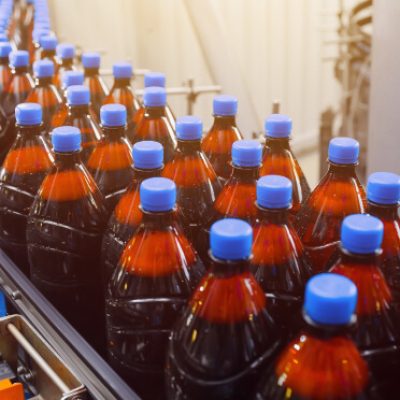Or, on the other hand, have you ever needed superhuman strength (and maybe a hot towel) to open a simple jar of olives?
These situations, which may seem like everyday inconveniences, are actually the tip of the iceberg of a crucial industrial process: the correct application of torque when sealing caps.
It may seem like a small detail…
But the exact force used to screw on a lid is one of the pillars that ensure the quality, safety, and integrity of the product that reaches you.
And believe it or not, there’s a whole science behind that simple act of “closing the jar.”
So, what exactly is torque?
In simple terms, torque is the measurement of rotational force.
Think about how you use a screwdriver: the force you apply to turn the screw is torque.
In industry, high-precision machines, called torque testers, are calibrated to apply the exact amount of force needed to close each cap—whether it’s for a soda bottle, a medicine vial, or a cleaning product container.
The “Not Too Tight, Not Too Loose” Dilemma
Here, the golden rule is balance. A poorly sealed cap invites a series of problems:
-
Leaks and Product Loss: The most obvious issue. No one wants to buy a sticky package, and companies certainly don’t want to lose product during transport and storage.
-
Contamination: Inadequate sealing allows air, moisture, and worse—microorganisms—to enter. This can spoil food, drastically reduce shelf life, and, in the case of medications or chemicals, seriously compromise safety and effectiveness.
-
Loss of Gas and Freshness: For carbonated beverages, incorrect torque leads to loss of CO₂. Goodbye, fizzy soda! For food, oxygen exposure speeds up oxidation, altering flavor, color, and texture.
But too much force is also a villain:
-
Difficulty Opening: That olive jar we mentioned? It was probably sealed with excessive torque. This creates a terrible consumer experience—people may even damage the packaging (or their hand) trying to open it.
-
Packaging Damage: Too much force can strip the cap or bottle threads, break the safety seal, or even crack the packaging—especially if it’s made of glass or rigid plastic. Either way, the seal is compromised.
Behind the Scenes: Quality Assurance
To avoid these issues, responsible industries take torque control very seriously.
On production lines, it’s not about “human strength.” Specialized equipment applies and measures torque with a level of precision that would be impossible to achieve manually.
Quality control teams constantly perform tests, removing samples from the production line to verify that both opening and closing torques are within the exact specifications for each product and packaging type. Factors such as temperature, material of the cap and container, and even the product itself influence the ideal torque.
So, the next time you open a jar and hear that satisfying “pop” of the seal breaking, or easily twist open a bottle, remember: behind that ease is a meticulous process.
The correct application of torque is one of those invisible details that makes all the difference—a silent testament to a brand’s commitment to quality and safety. It’s the assurance that from the factory to your home, the product has remained exactly as it should be: safe, fresh, and ready to enjoy.




